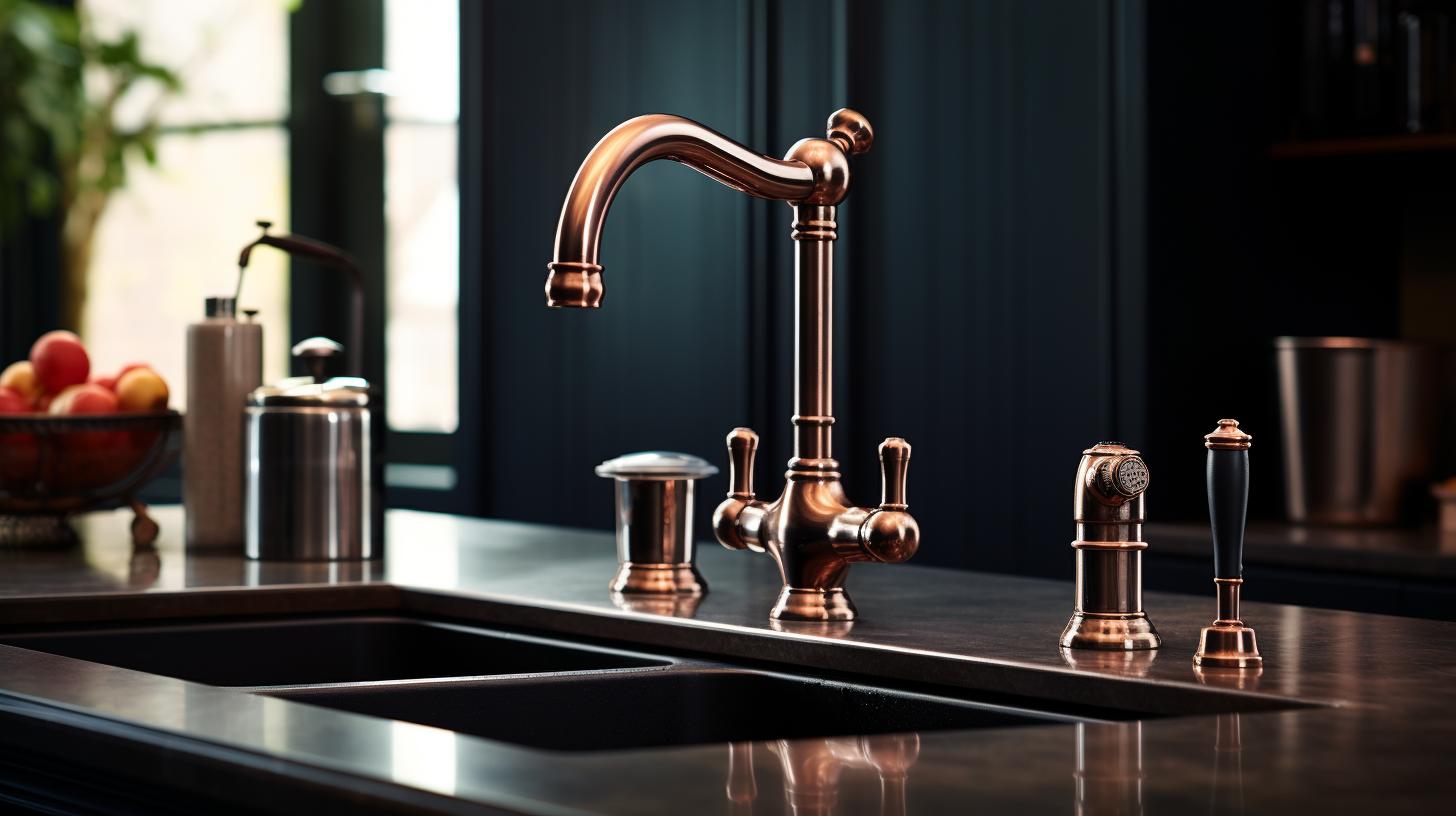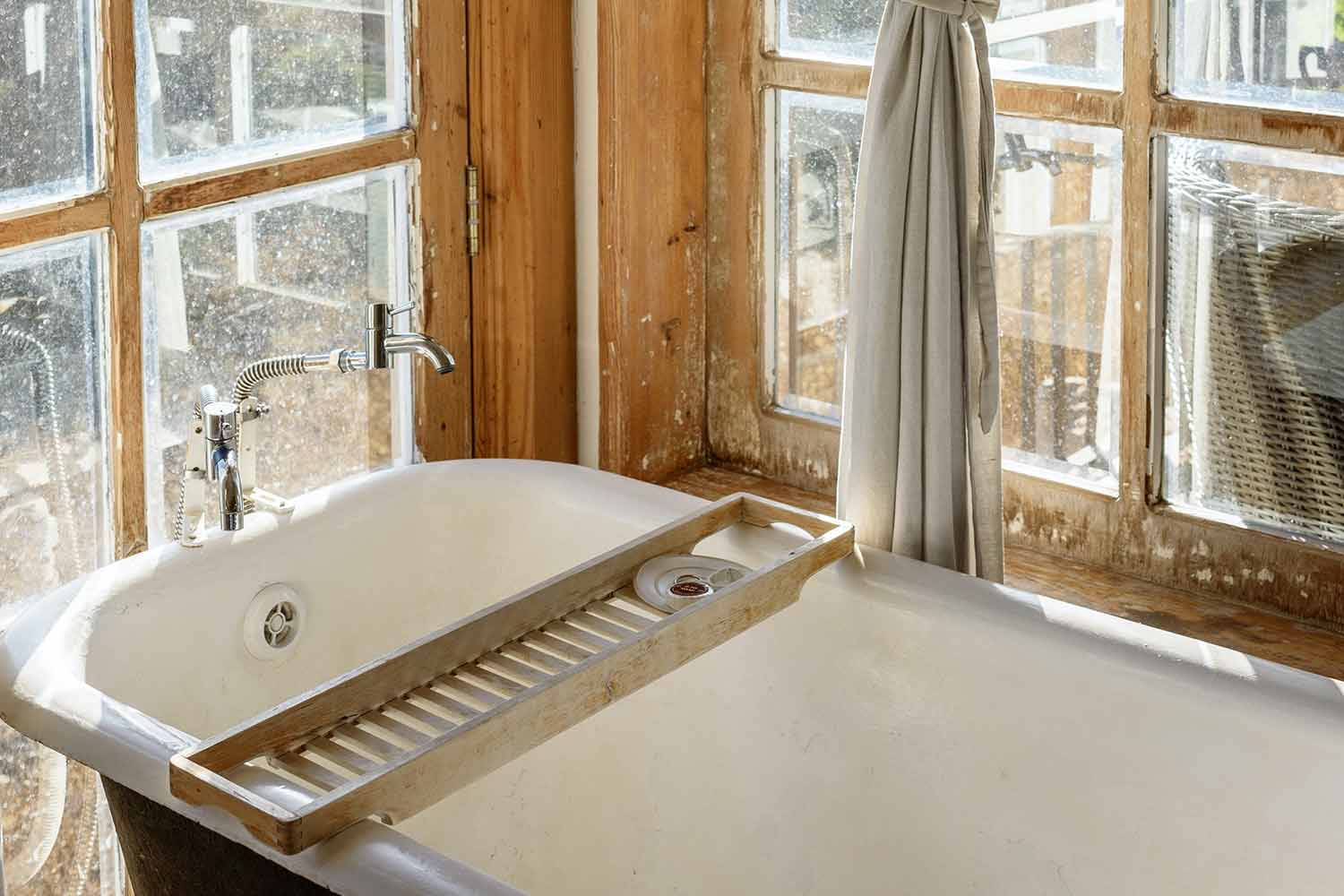
In the realm of home improvement, the humble faucet might not always command attention. Yet, it serves as an essential component in our daily lives, facilitating tasks as mundane as washing dishes to as indulgent as a luxurious bath. However, wander into any home improvement store, and you’ll quickly realize that faucets come in a vast array of prices, ranging from pocket-friendly to eye-wateringly expensive. This prompts the question: what sets these faucets apart, and why do some come with such hefty price tags? Let’s delve into the nuances of faucets, exploring the chasm between cheap and expensive options.
Craftsmanship and Material Quality
At the heart of the faucet disparity lies craftsmanship and material quality. Cheap faucets often skimp on both, utilizing lightweight materials like plastic or low-grade metals that are prone to corrosion and wear. These materials might suffice for a short while but are ill-equipped to withstand the rigors of everyday use. In contrast, expensive faucets are crafted with precision and care, employing high-quality materials such as solid brass or stainless steel. These materials not only ensure longevity but also impart a sense of luxury and durability to the faucet, making it a worthwhile investment for the long haul.
Design and Aesthetics
While functionality reigns supreme, the aesthetic appeal of a faucet should not be underestimated. Cheap faucets often feature uninspired designs, lacking the elegance and sophistication that can elevate a space. On the other hand, expensive faucets are crafted with an eye for design, boasting sleek lines, exquisite finishes, and attention to detail. Whether your style leans towards minimalist chic or classic elegance, there’s an expensive faucet out there to complement your aesthetic sensibilities. Moreover, premium faucets often offer customization options, allowing you to tailor the design to suit your unique preferences and decor.
Advanced Technology and Features
Innovation is another hallmark of expensive faucets, with manufacturers constantly pushing the boundaries to enhance functionality and user experience. From touchless operation to temperature control and water-saving features, expensive faucets often incorporate advanced technology to streamline tasks and conserve resources. While these features may seem extravagant, they can significantly improve convenience and efficiency in the long run, justifying the higher price tag for many consumers.
Reliability and Performance
Reliability is paramount when it comes to faucets, as any malfunction can lead to inconvenience and costly repairs. Cheap faucets are notorious for their propensity to leak, drip, or break down prematurely, leaving homeowners frustrated and dissatisfied. In contrast, expensive faucets undergo rigorous testing and quality control measures to ensure flawless performance and reliability. Whether it’s a residential kitchen or a commercial restroom, investing in a high-quality faucet can provide peace of mind, knowing that it will deliver consistent performance day in and day out.
Warranty and After-Sales Service
Beyond the initial purchase, the value proposition of a faucet extends to its warranty and after-sales service. Cheap faucets often come with limited or nonexistent warranties, leaving consumers vulnerable to unforeseen issues and expenses down the line. In contrast, expensive faucets typically boast generous warranties and responsive customer support, providing assurance and support long after the sale. This added layer of protection can make all the difference, ensuring that your investment remains protected and well-maintained for years to come.
Environmental and Social Responsibility
In an era increasingly conscious of environmental and social responsibility, the manufacturing practices of faucets come under scrutiny. Cheap faucets are often mass-produced in facilities with little regard for sustainability or ethical labor practices, contributing to environmental degradation and exploitation of workers. In contrast, expensive faucets from reputable brands are more likely to adhere to stringent environmental and social standards, utilizing eco-friendly materials, reducing waste, and supporting fair labor practices. While this may not directly impact the faucet’s performance, it aligns with the values of conscientious consumers who prioritize sustainability and ethical sourcing.
Perception and Prestige
Lastly, it’s essential to acknowledge the role of perception and prestige in the pricing of faucets. Expensive faucets are often associated with luxury brands and designer labels, commanding premium prices based on their reputation and cachet. While the actual cost of production may not justify the price differential, consumers are willing to pay a premium for the status symbol and perceived quality that comes with owning a prestigious faucet. In this sense, the price of a faucet transcends its functional utility, becoming a statement of taste, discernment, and lifestyle.
In conclusion, the disparity between cheap and expensive faucets extends far beyond the price tag, encompassing craftsmanship, material quality, design, technology, reliability, warranty, sustainability, and brand prestige. While cheap faucets may offer initial cost savings, they often prove to be a false economy in the long run, succumbing to wear and tear and requiring frequent replacements or repairs. In contrast, expensive faucets represent a worthwhile investment, offering superior performance, durability, and aesthetics that can enhance the overall quality of life and elevate the ambiance of any space. So, the next time you’re in the market for a faucet, consider looking beyond the price and investing in quality that will stand the test of time.







